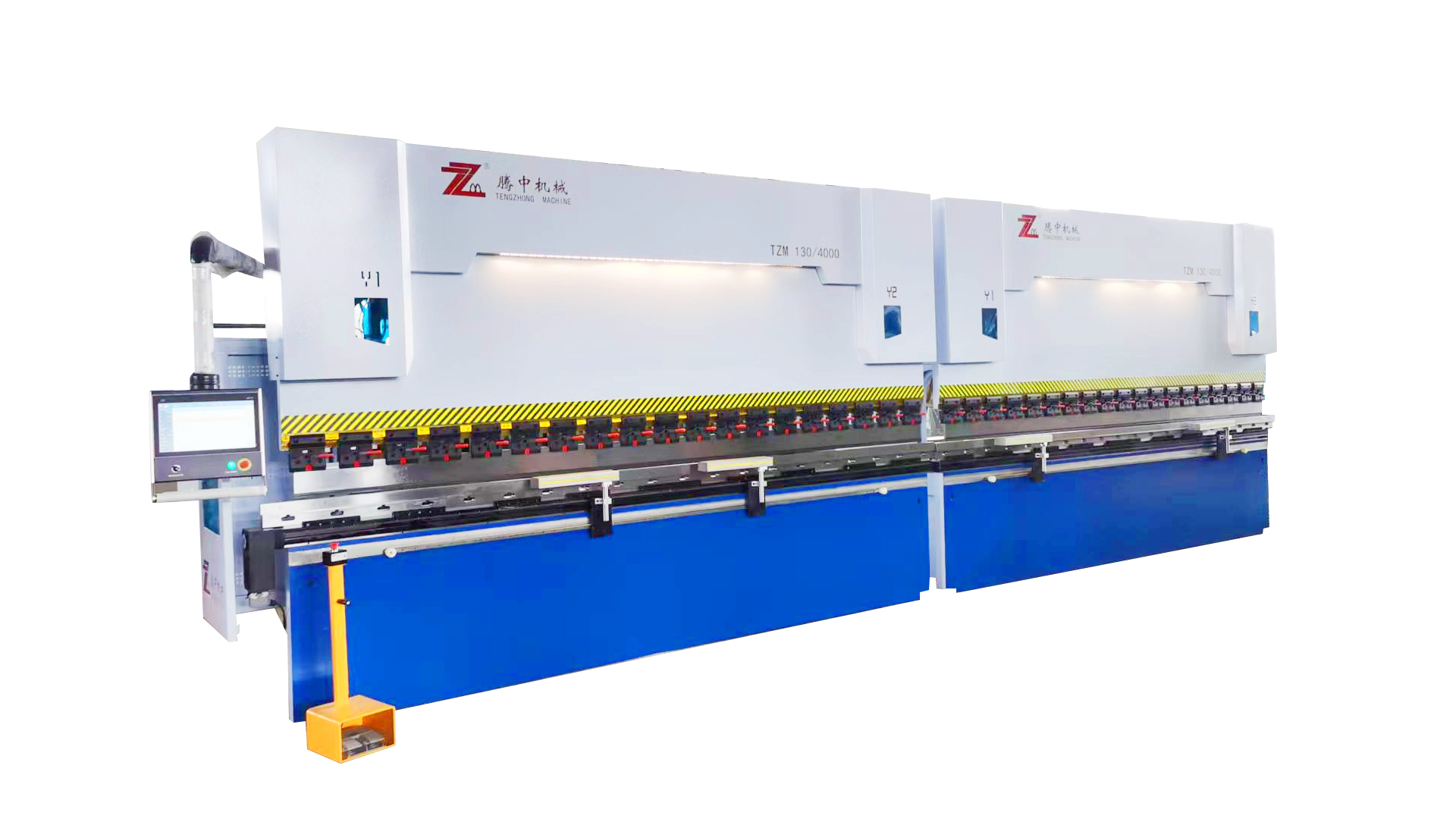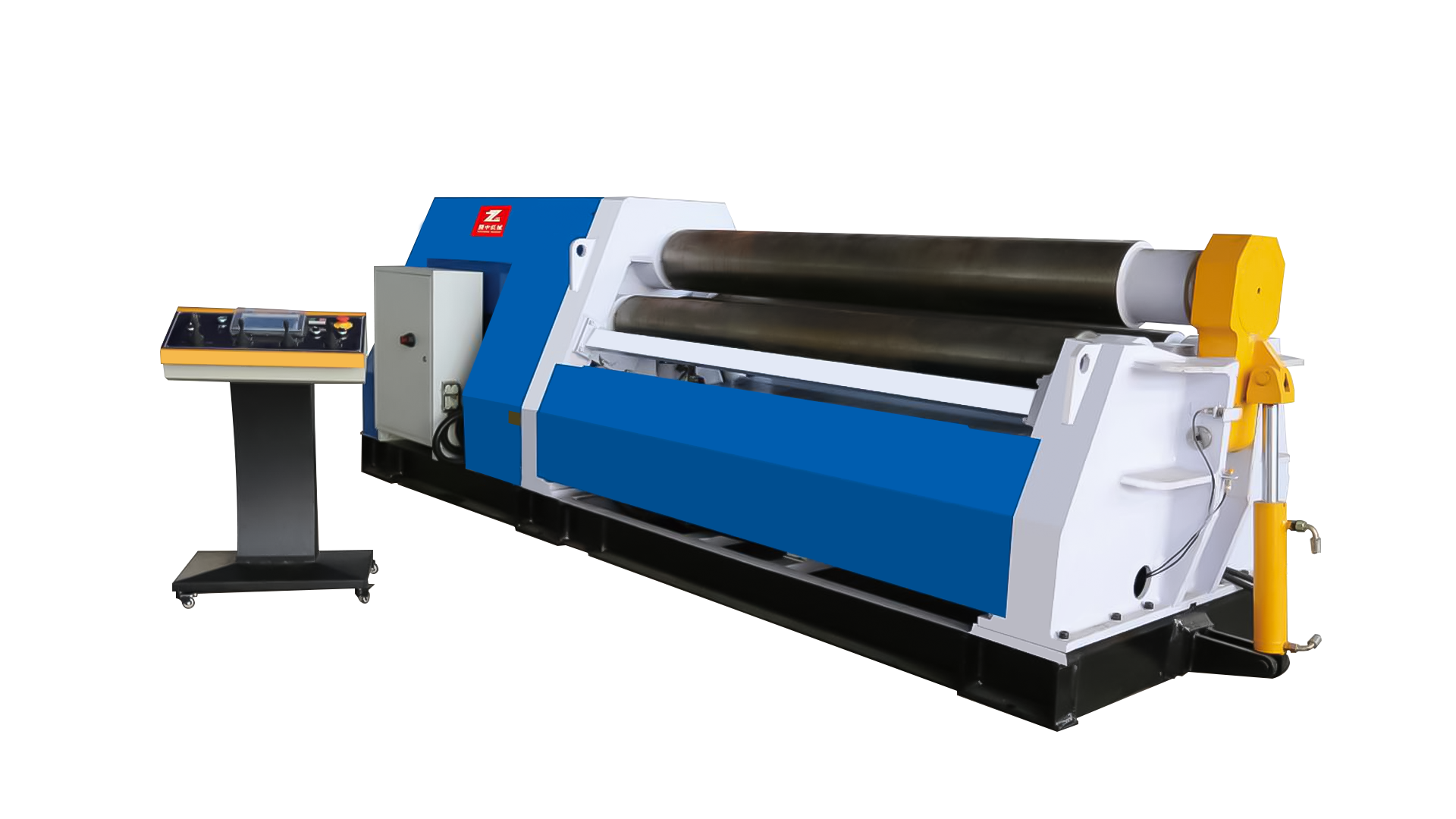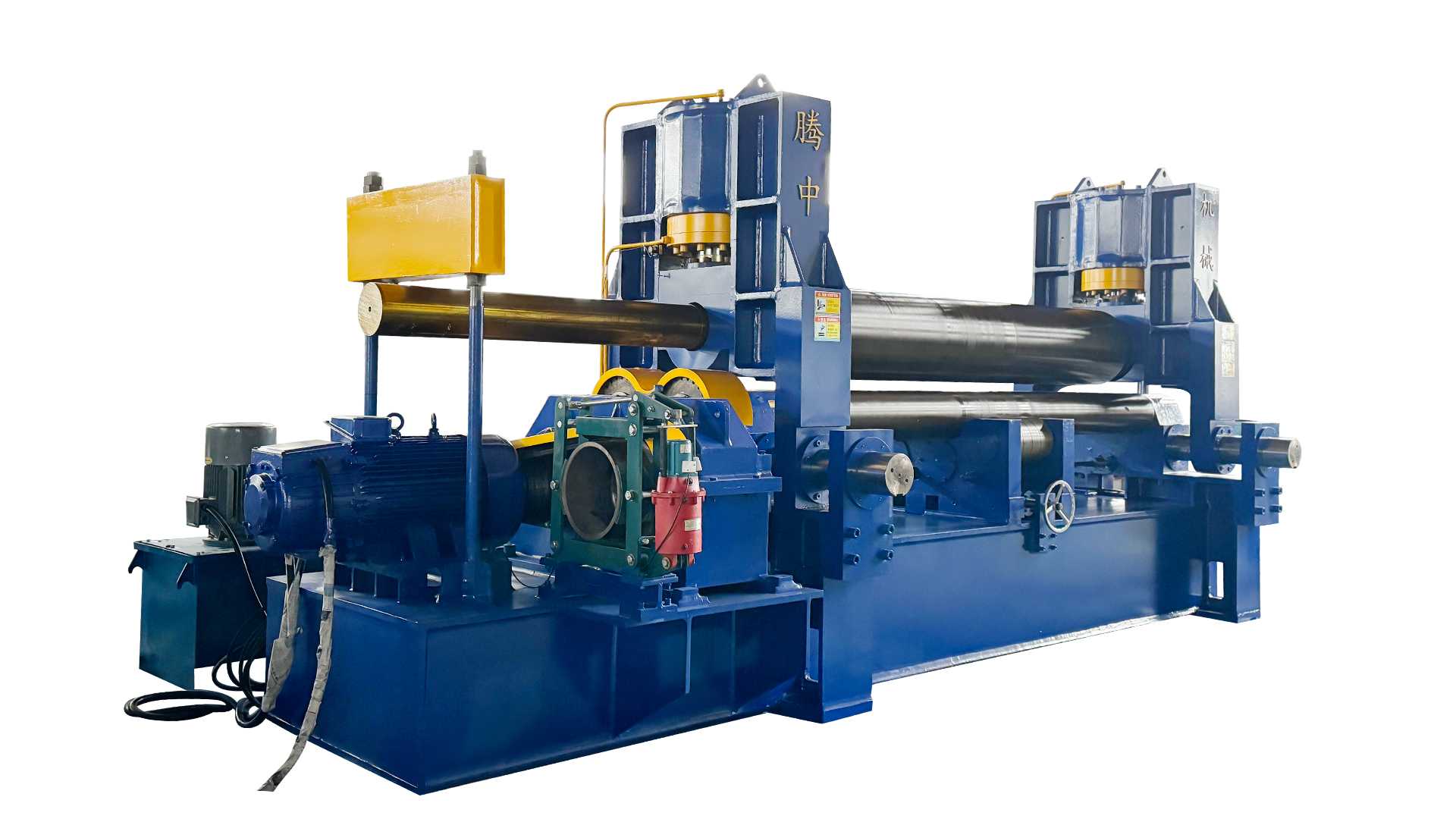How Does the Ram Movement in an NC Press Brake Affect the Bending Process?
2025-04-03
Precision is paramount in metal fabrication, and the role of the ram movement in an NC (Numerical Control) press brake cannot be overstated. This dynamic component serves as the linchpin for achieving impeccable bends, transforming raw material into functional artistry. Yet, how does its motion influence the bending process? Let’s delve into this intricate mechanism and uncover its profound impact.
At its core, the ram movement dictates the force and trajectory applied to the workpiece. The ram, a robust and meticulously engineered structure, descends with calculated precision to mold metal into desired shapes. Its descent is not arbitrary; it is orchestrated by advanced algorithms that ensure consistency and accuracy. This harmonious interplay between technology and mechanics results in bends that meet exacting tolerances.
The velocity of the ram's movement plays a pivotal role. A slower descent allows for greater control, particularly when working with delicate or high-strength materials prone to cracking under excessive stress. Conversely, a rapid approach optimizes efficiency, ideal for high-volume production environments. By modulating speed, operators can balance productivity with quality, ensuring each piece emerges flawless.
Moreover, the ram’s parallelism—or lack thereof—can significantly alter outcomes. Any deviation from perfect alignment introduces inconsistencies, leading to malformed angles or uneven stress distribution across the material. Modern NC press brakes employ sophisticated feedback systems to monitor and correct these discrepancies in real-time, safeguarding against costly errors.

Another critical factor lies in the ram’s repeatability—the ability to replicate identical movements over successive cycles. This attribute is indispensable for batch processing, where uniformity is non-negotiable. Inconsistent ram behavior would render parts incompatible, jeopardizing assembly processes downstream. Advanced servo-driven systems have revolutionized this aspect, offering unparalleled reliability and reducing scrap rates.
Furthermore, the pressure exerted during the ram’s descent must be finely calibrated. Excessive force risks damaging the material, while insufficient pressure yields incomplete bends. Herein lies the brilliance of NC press brake: they empower operators to program precise tonnage settings tailored to specific tasks. Such customization ensures optimal performance without compromising material integrity.
The ram movement within an NC press brake is far more than mere mechanical action—it is the essence of controlled deformation. From regulating velocity to maintaining alignment and ensuring repeatability, every facet contributes to the final product's excellence. As industries continue to demand higher standards, understanding and mastering this fundamental process becomes increasingly vital. With innovation driving progress, the synergy between human expertise and machine precision promises a future where perfection is not just attainable but expected.

 English
English русский
русский Français
Français Español
Español Português
Português عربى
عربى









